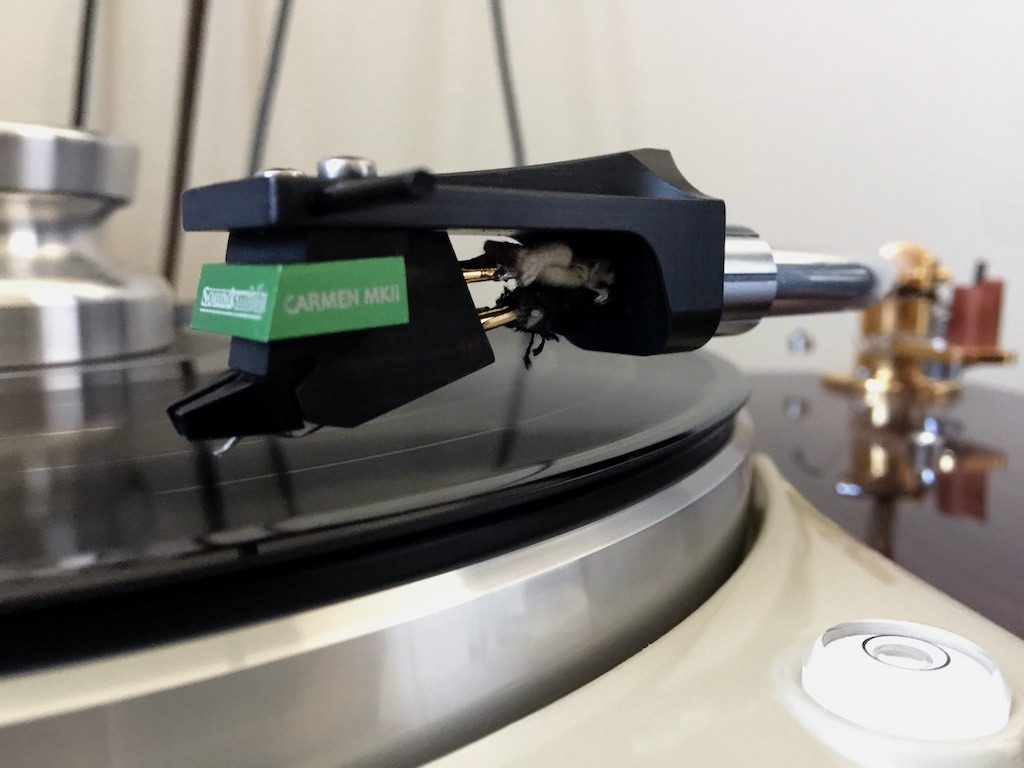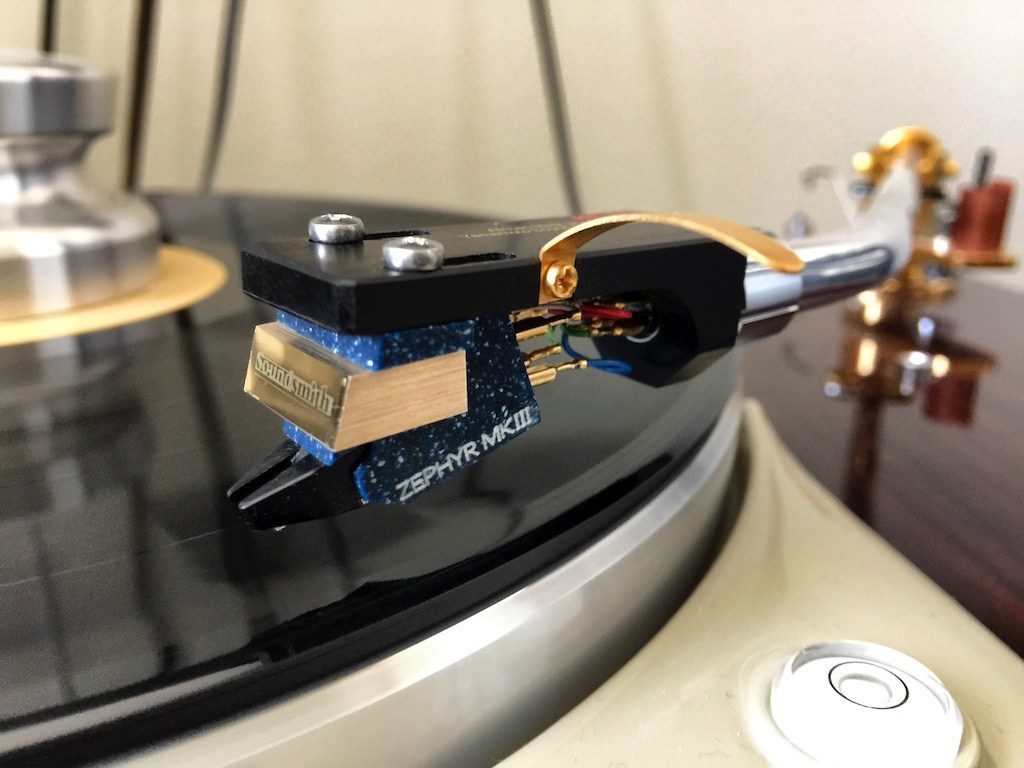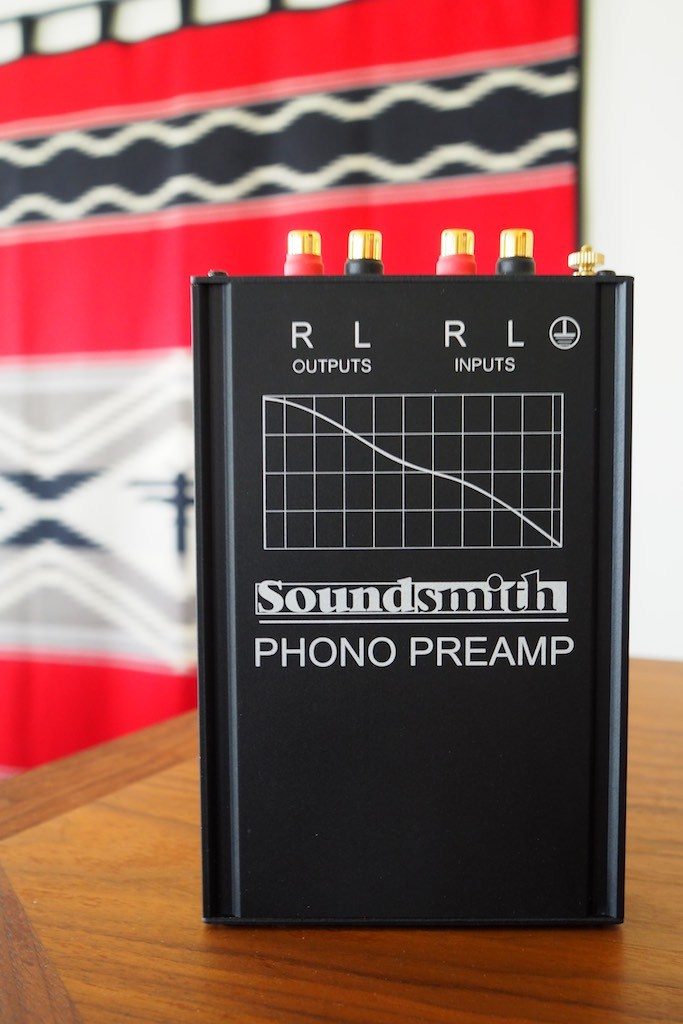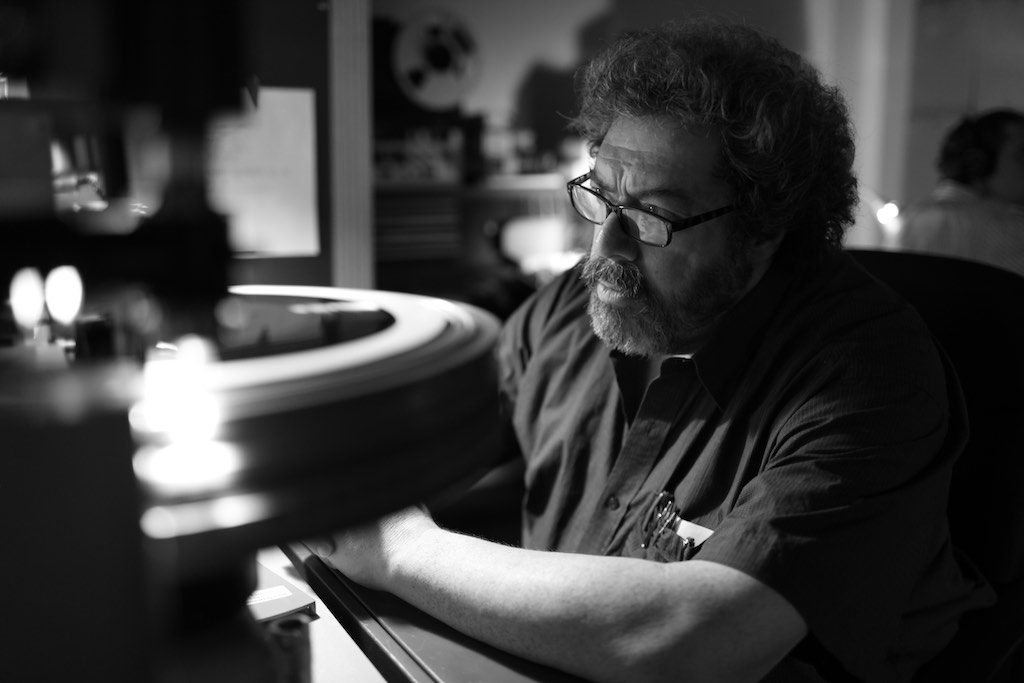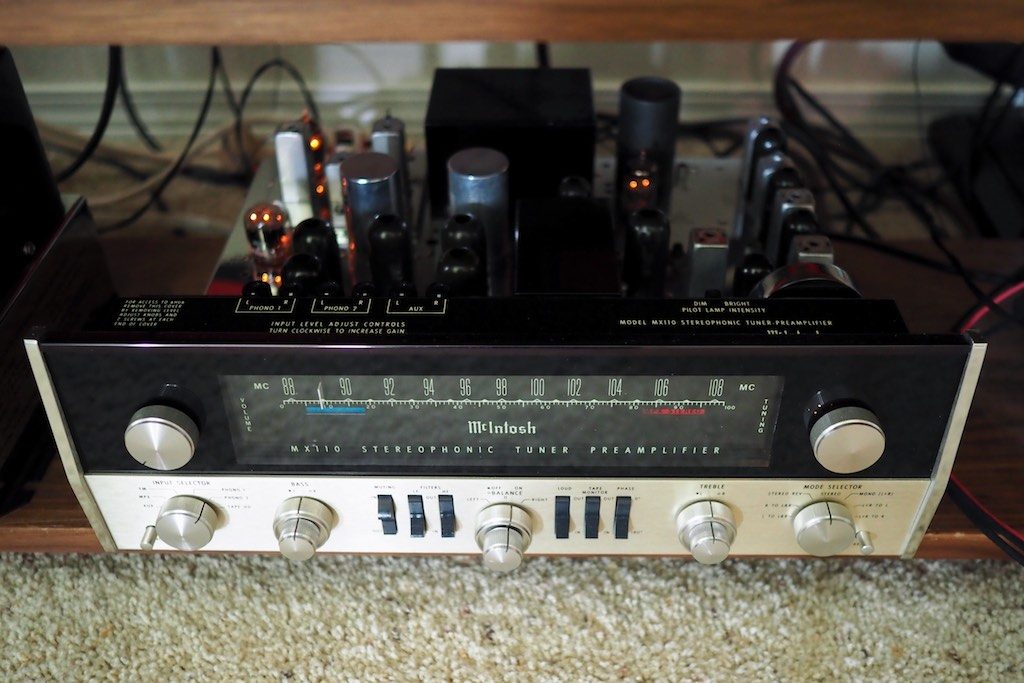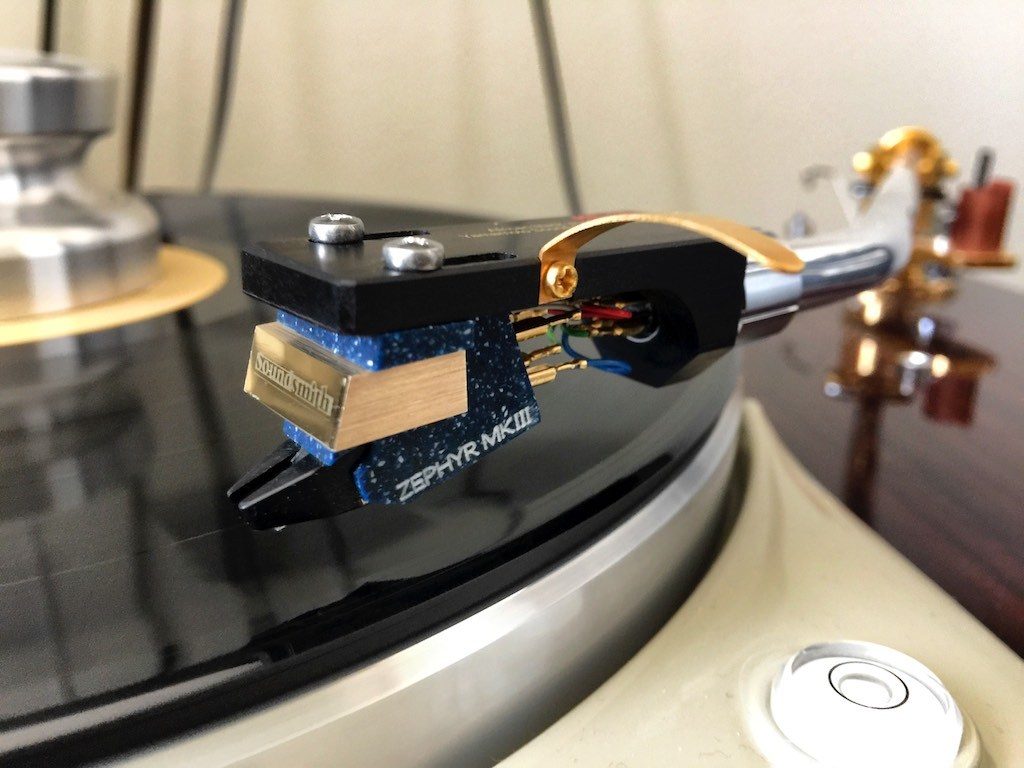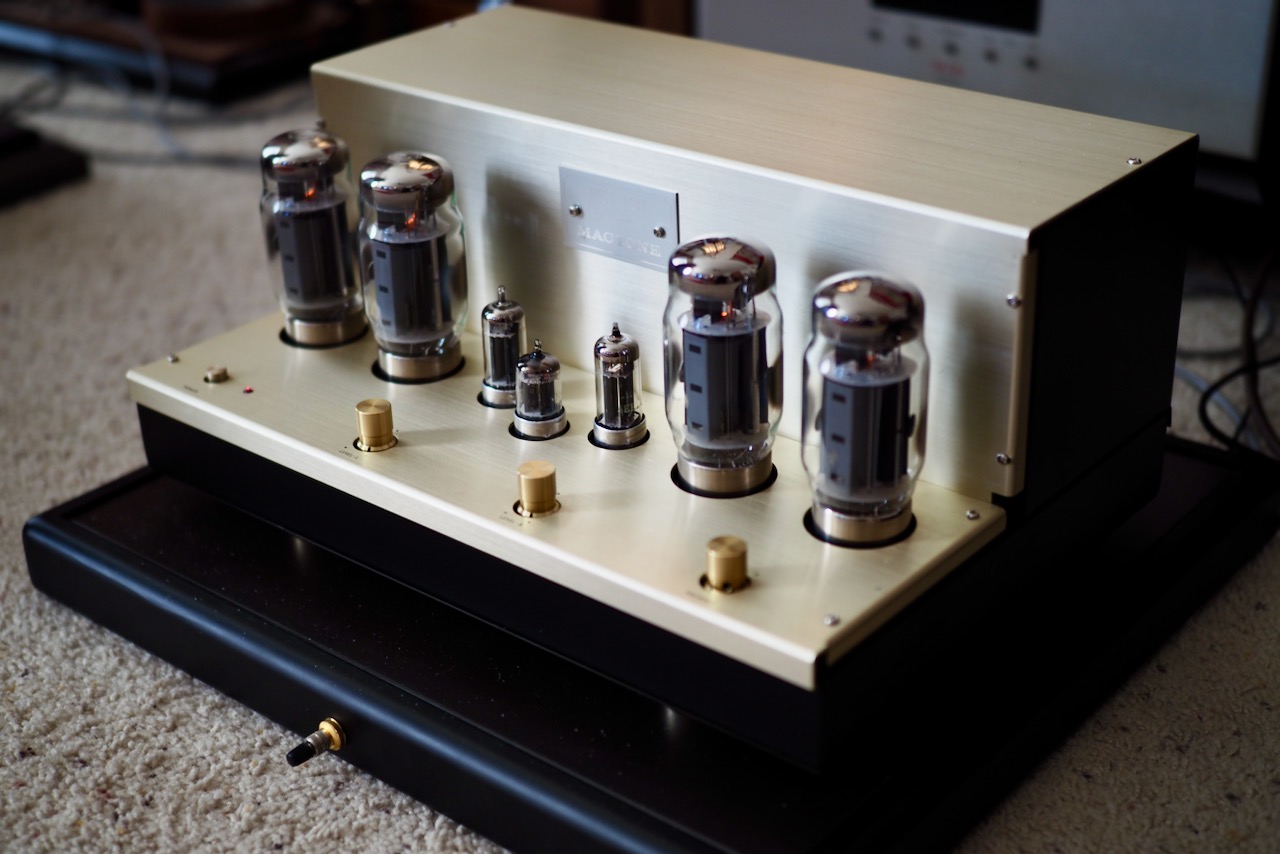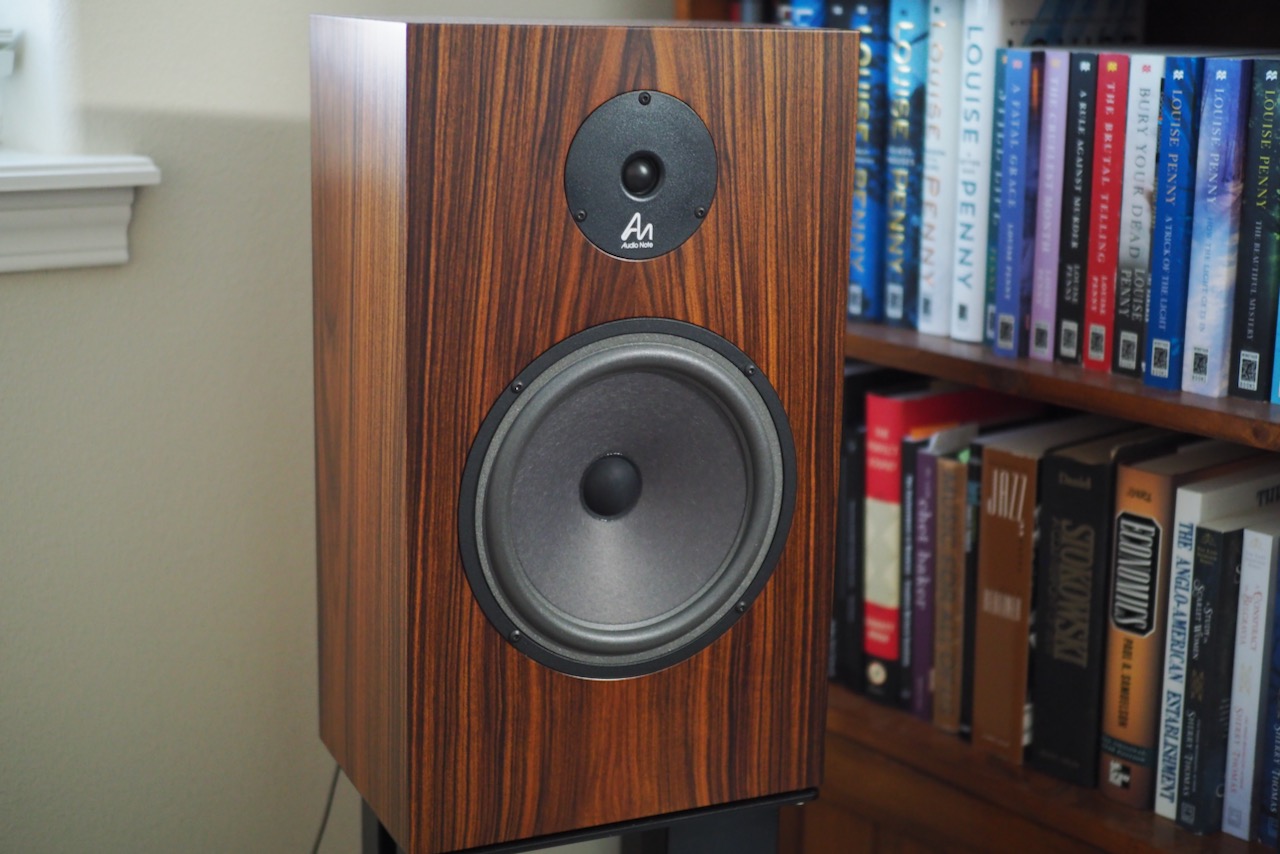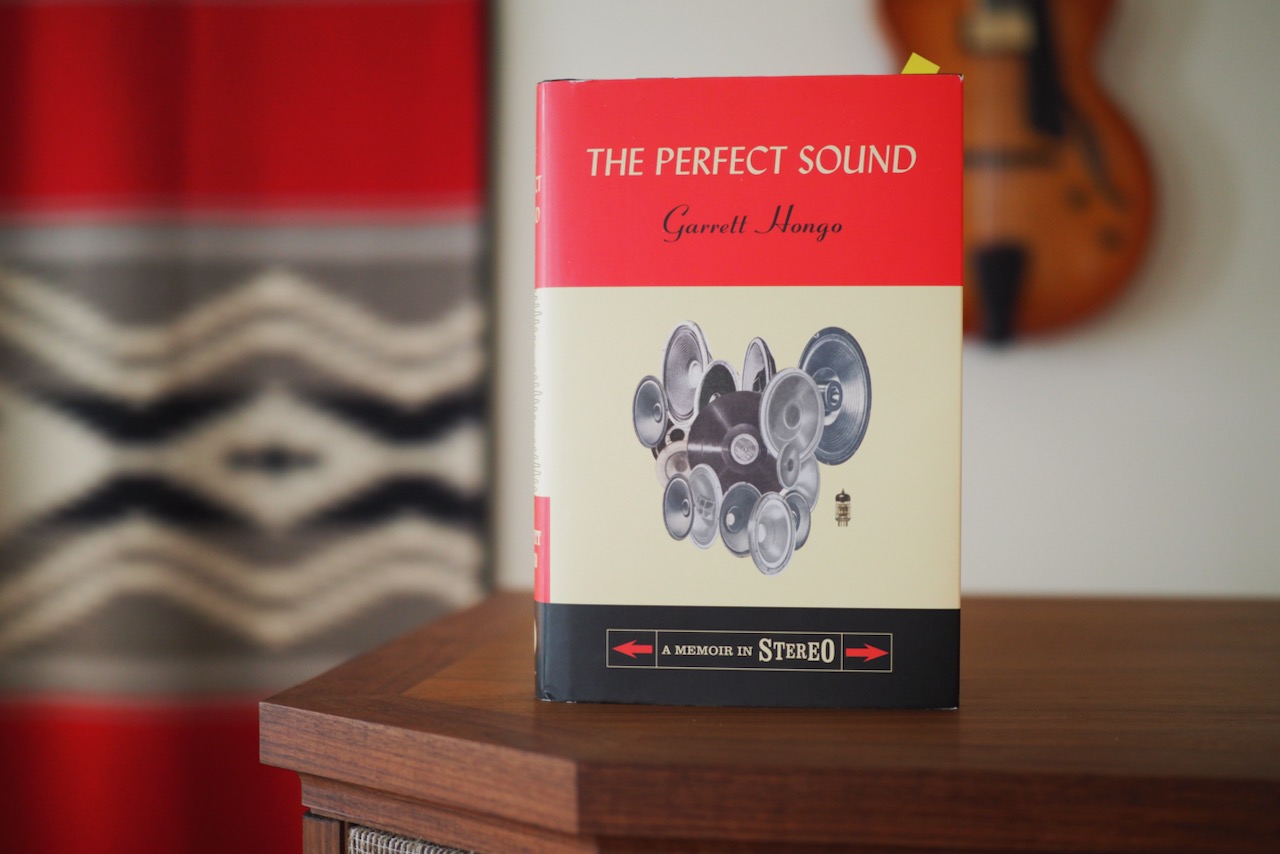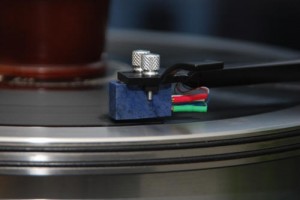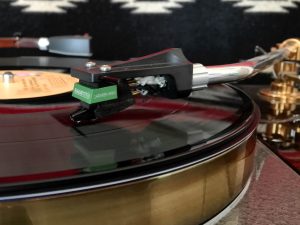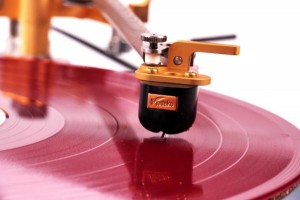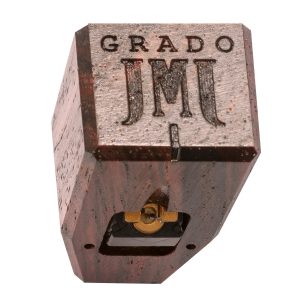If you read Part 1 of this Soundsmith review series in Positive Feedback Issue 98 (HERE), where I wrote about the new Carmen Mk II phonograph cartridge, you know that I found the Carmen Mk II to be one of the most musically enjoyable phonograph cartridges I have ever written about.
The Carmen Mk II demonstrated desirable qualities in abundance by being relatively affordable ($1000 USD), having a naturally warm, dimensional, and musical balance, with the added bonus of having a relatively high output so you don't have to use an expensive step-up transformer with it to play music.
The Carmen Mk II has become my go-to recommendation for those who want to enrich their musical life with a new high-performance phonograph cartridge that possesses both musical and sonic prowess without breaking the bank.
For those who haven't yet read Part 1 let me summarize a little from the introduction portion of that article to set the stage for the subject of this article, the new Soundsmith Zephyr Mk III phonograph cartridge.
In Part 1 I described how I had asked Peter if he would be so kind as to make a recommendation of a Soundsmith cartridge with the traits I desired, that would work well with my 12-inch Thomas Schick and 12.5-inch Pete Riggle Audio Engineering Woody SPU tonearms, which are the primary tonearms I use on my Classic Turntable Company Classic 301 and Artisan Fidelity Thorens TD-124 Statement player systems, respectively.
Peter makes low, medium, and high compliance cartridge designs to complement various listeners' tonearm needs, but for my Schick & Woody SPU tonearms Peter recommended both his new Soundsmith Carmen Mk II and Zephyr Mk III phonograph cartridges as being good choices, being medium and low-compliance designs.
Peter recommended the Carmen Mk II (above) as closely matching my personal criteria of a lush, dimensional, and musical presentation, and with a high output (2.12mV) so that a step-up transformer is not necessary.
Peter also recommended the Zephyr Mk III, which he described as having a more detailed presentation, with "…truly remarkable separation and sound stage imaging at a level not previously achievable in a modestly priced design …", and which has a high output of 2.4mV.
Peter sent me both his new Carmen Mk II and new Zephyr Mk III phonograph cartridges, as well as his MMP3 Mk II phono preamplifier to listen to and write about.
I'll be describing the Zephyr Mk III phonograph cartridge in this article, and the MMP3 Mk II phono preamplifier (below) in a subsequent article.
Peter Ledermann is the Soundsmith!
I'd like to start by telling you about the fascinating smithy of sound, Peter Ledermann.
Photo courtesy of Peter Ledermann
Peter opened Soundsmith as a repair center in 1969, at Audio Experts in White Plains, NY, and Peter has now been smithing sound for 47 years!
Since 1969, Peter has taught audio engineering and audio electronics service to students, has worked at RAM Audio in Danbury, CT (1973), was Director of Engineering for the Bozak Corporation in Norwalk, CT (1976), has worked at the IBM T.J. Watson research center think-tank (1980), and then in 1991 Peter left IBM to pursue Soundsmith full time.
After Peter established Soundsmith in 1969, Soundsmith evolved into a specialty repair and restoration center with a stellar reputation, servicing audio equipment from all over the world.
In fact, as I mentioned in Part 1, I plan to get my beloved vintage McIntosh MX110Z tuner-preamplifier (above) to Peter at some point in the future for a check-up & tune-up (and a needed volume pot rebuild), to ensure that I can continue to enjoy its musical charms for the rest of my days.
You can read more detailed bio information about Peter at the Soundsmith web site HERE and HERE, and I recommend reading both links for the additional background they provide.
More specific to this review, Peter has also been designing and building his own phonograph cartridges, and rebuilding all brands of cartridges, for more than 45 years now.
In addition to Peter's Soundsmith line of phonograph cartridges, Soundsmith is also the world center of expertise related to B&O phonograph cartridges, and is licensed by B&O to manufacture their cartridge designs. If you are a B&O aficionado, or just want to learn more about Soundsmith's B&O phonograph cartridges and services, you can read more about them HERE.
In addition to B&O and Soundsmith phonograph cartridges, Peter also offers phono preamplifiers (like the MMP3 Mk II I'll be telling you about in a future article), various useful accessories, loudspeakers, Strain Gauge cartridge/preamplifier systems, and audio amplifiers, all which you can read more about at the links HERE.
Soundsmith Phonograph Cartridges
Peter currently offers eighteen different Soundsmith phonograph cartridge models that are specifically designed to complement various audio enthusiasts' tastes and system needs. If you have a specific or unique application in mind, I recommend you contact Peter and ask for advice, just as I did.
Peter prefers fixed-coil phonograph cartridge designs to the more ubiquitous moving-coil designs, as he says fixed-coil designs have vast advantages over moving-coil designs in terms of lower internal moving mass, more robust suspension, and flexibility of output levels.
Peter's Soundsmith phonograph cartridges are also unique in that they are all hand-made in the USA, and your initial investment is protected because they are rebuildable multiple times, for 20% or less of the purchase price, depending on the model.
Peter says that the fixed-coil generator has at least a 5 times lower internal mass than a moving-coil generator, which results in much lower stored & reflected energy, and a higher natural resonant frequency / lower amplitude resonance.
In practical performance terms, what this means is that as a cartridge tracks the information in the record grooves, the generator moves up to an incredible 20,000 times a second, so the much lower internal moving mass of the fixed-coil generator becomes significant, making it able to much more accurately track the encoded information, and giving at least 10 times better performance than a moving-coil cartridge is capable of in the same circumstances.
Peter says fixed-coil designs allow for a much more robust suspension than moving-coil designs, which means that the cartridge will have a greater chance of surviving "accidents" as well as being much more likely to stay in perfect internal alignment during long term use.
Specifically, Peter says, "This is because—unlike MC designs where the entire armature and coil assembly is tethered by a single wire, connected to a single point—moving iron designs allow a continuous (and difficult to distort or break) combinational suspension and damping system that is fully-bonded to the moving element. This dual-purpose suspension and damping system is bonded to 90% of the moving element at any tracking force and is not variable as is found in single wire pivot MC designs. This fully-bonded arrangement is not only hard to damage, it all but eliminates azimuth-rotation as a result of long term use—or even accidental abuse."
Peter cites the third major advantage of his fixed-coil designs is that the output levels can be designed to suit any preamp without changing the voicing of the cartridge, which means that you can boost output level and eliminate the need for an expensive step-up transformer.
Two of my three phono preamplifiers require step-up transformers for low output moving-coil cartridges, so not having to worry about the expense of extra step-ups for a new phonograph cartridge is a big plus for me.
Peter says, "An important consideration of fixed coil designs is that the coil designs themselves can be changed (even to mono designs) without changing the moving mass of the system. This means that for a given model design the output levels can be specified to suit any preamp requirement, without changing any other specification of a developed cartridge model. In contrast with an MC design, the addition of many additional layers of wire windings can add substantially to the problems of high moving-mass."
Peter has a more detailed description of the benefits of the fixed-coil designs' lower moving mass, more robust suspension, and flexibility of output levels, that you can read at his website HERE.
The New Soundsmith Zephyr Mk III Phonograph Cartridge
The new Zephyr Mk III phonograph cartridge is a low-compliance fixed-coil design that utilizes an ultra-low mass nude high-profile contact-line stylus, with a cantilever of a newly developed aluminum alloy. The cartridge is housed in a composite body, with a high output of 2.4 mV, and with a tracking force range from 1.8 to 2.2 grams.
Peter describes the new Zephyr Mk III as an affordable phonograph cartridge that "… is capable of truly remarkable separation and sound stage imaging at a level not previously achievable in a modestly priced design … (which) will provide a level of clarity and beauty that will make you take out your record collection and listen to it all over again."
The new Zephyr Mk III features a newly developed aluminum alloy cantilever, the same cantilever used in the $4000 USD Paua Mk II photograph cartridge.
Peter says, "This new metal alloy has unique dualistic properties, providing stiffness in the ranges required as well as damping exactly where it's needed—and by the proper amount—in the most critical parts of the sonic spectrum. The result is a cartridge that will slam your Rock and Roll while providing a new level of linearity and clarity for the most complex classical and jazz passages."
Mounted on the new cantilever is a stylus that Peter describes as "…a tiny new super low mass high-profile contact-line diamond… this stylus traces more of the groove walls than a standard contact line, but avoids some of the alignment pitfalls that can occur with a high-profile contact-line design, allowing more azimuth alignment forgiveness than is normally possible with such designs."
The Zephyr Mk III also incorporates the Dynamic Energy Management System (DEMS) similar to that is used in $5000 USD Sussurro Mk II cartridge, which "moves the damped energy and propagates it properly within the cartridge body."
Peter says, "The composite body and unique DEMS design work in tandem to contribute to the Zephyr Mk III's ability to produce high-end performance from a moderately priced cartridge. Be prepared to sit back and realize that you may have never really heard your record collection before."
The new Zephyr MK III sells for $1500 USD, is also available as a dual-coil mono version for those who want to get their mono groove on, and has a 2-year warranty to the original owner. A full restoration and stylus rebuild service is offered for $299, and the Zephyr Mk III can be rebuilt multiple times, preserving your original investment.
More details on the new Soundsmith Zephyr Mk III are available HERE.




